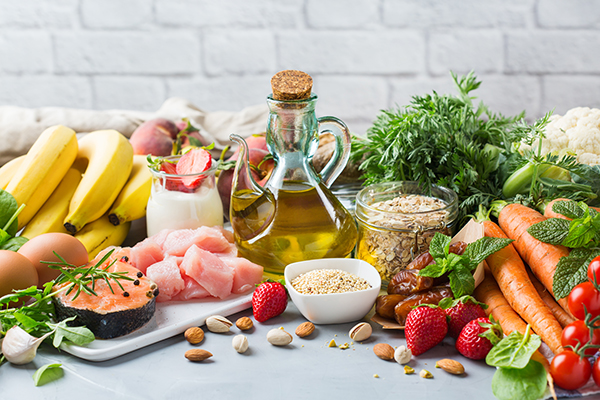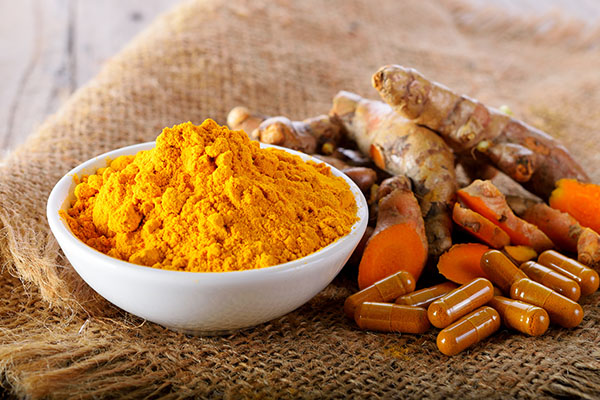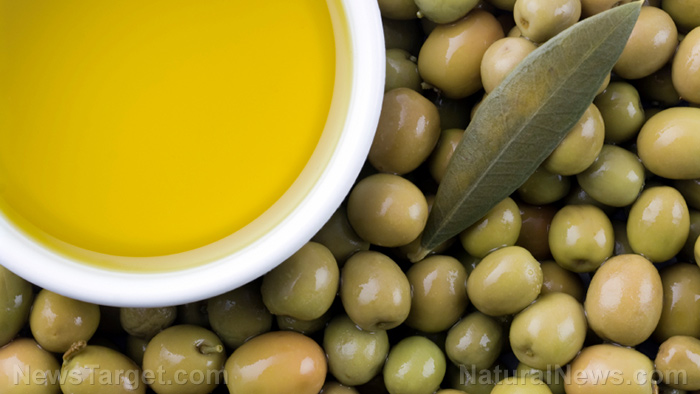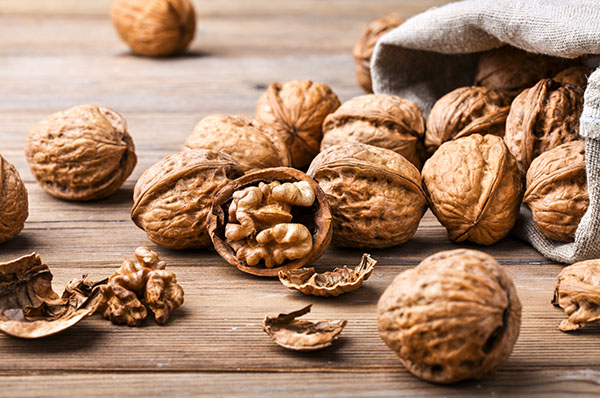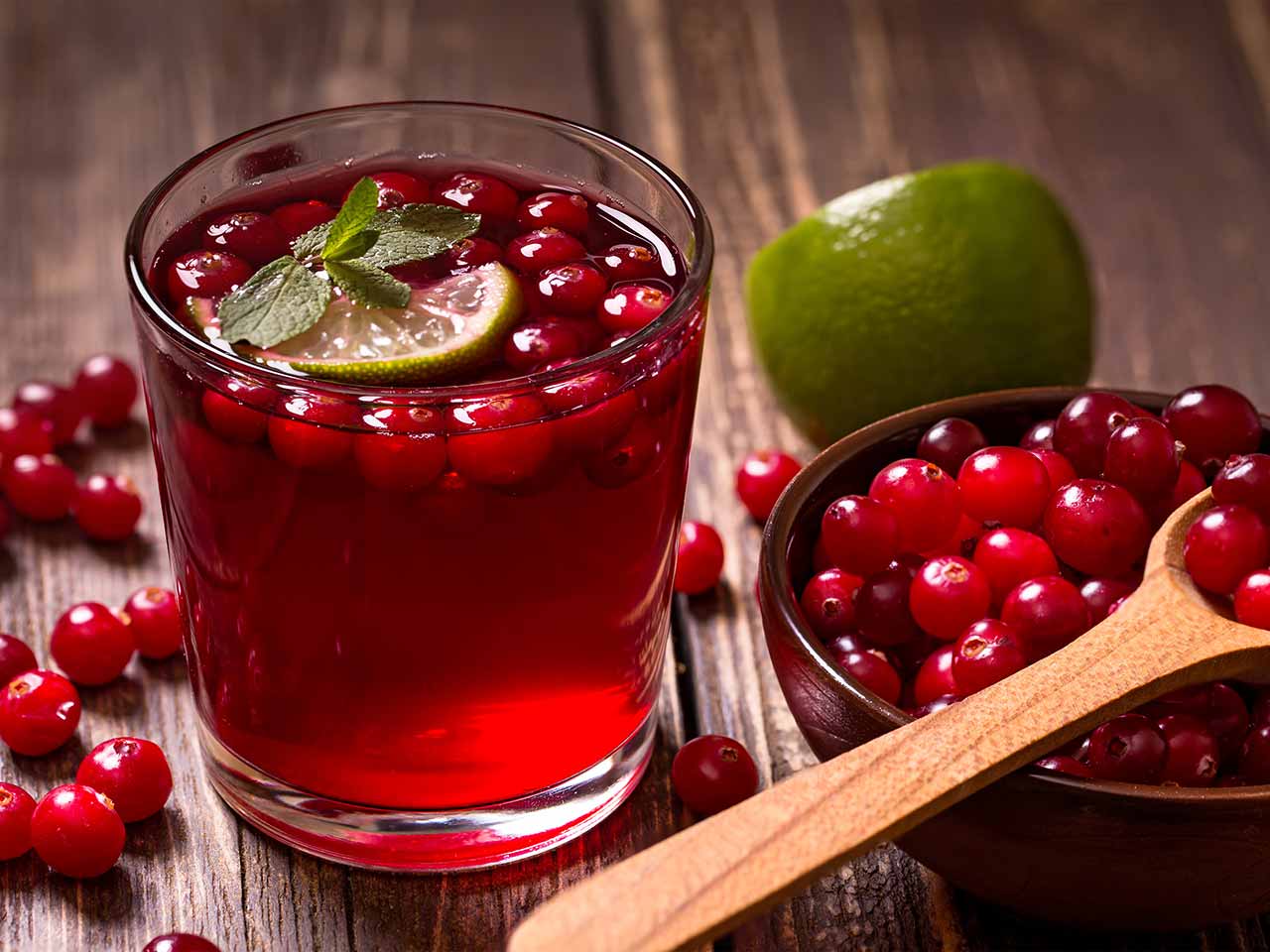BROCCOLI more effective than surgery, chemo and radiation at beating CANCER, as it cuts risk by at least 20 PERCENT – new study
08/25/2025 / By S.D. Wells
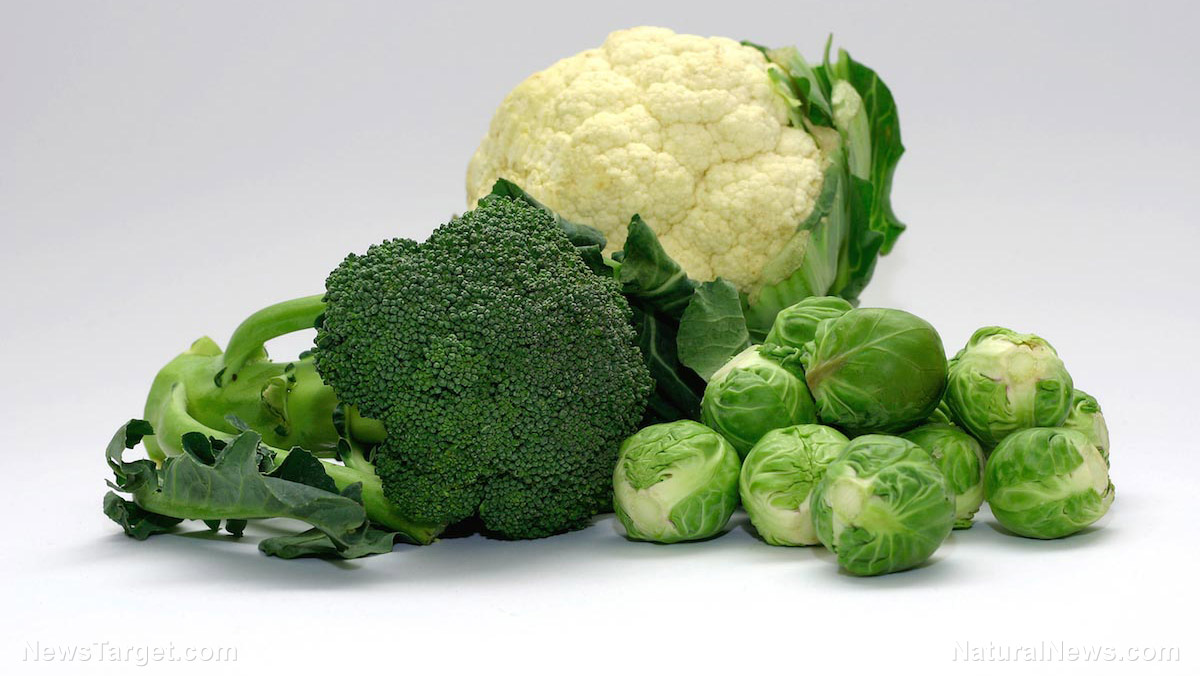
Worried about colon cancer? There are natural remedies, including whole organic food, to prevent it from ever developing. A groundbreaking study has confirmed that eating cruciferous vegetables—broccoli, cabbage, cauliflower, Brussels sprouts, kale, and bok choy—significantly lowers the risk of colon cancer. By analyzing data from 17 large-scale studies involving over 639,000 participants and nearly 98,000 colon cancer cases, researchers found that those who regularly consumed these vegetables reduced their risk of developing colon cancer by around 20%.
- A large analysis of 17 studies with over 639,000 participants found that eating cruciferous vegetables like broccoli, cabbage, cauliflower, and Brussels sprouts reduces colon cancer risk by 20%.
- Researchers identified the “sweet spot” for protection as 20–40 grams daily (about half a cup of broccoli), with benefits plateauing beyond that amount.
- The protective effects are linked to compounds like sulforaphane, which block cancer-causing enzymes, reactivate tumor suppressor genes, and disrupt cancer cell growth.
- Geography and cooking methods matter—protective effects were stronger in North America and Asia, where quick steaming or stir-frying preserves bioactive compounds, compared to Europe and Australia.
Broccoli Cuts Colon Cancer Risk by 20%, New Study Reveals Sweet Spot
Colon cancer remains a major global health concern, killing over 900,000 people annually and ranking as the second leading cause of cancer-related deaths worldwide. While genetic and age-related factors influence risk, diet is one of the most powerful, controllable contributors. This new research offers some of the strongest evidence to date that food choices directly impact cancer outcomes.
Importantly, the researchers identified the optimal daily intake for maximum cancer protection. The sweet spot lies between 20–40 grams per day—roughly half a cup of broccoli or a quarter cup of Brussels sprouts. Surprisingly, consuming more than 40 grams provided no additional benefit. The protective effect plateaued between 40–60 grams, suggesting the body has a “saturation point” for these compounds.
This threshold effect makes sense biologically: a certain concentration of protective molecules is necessary to activate cancer defense pathways, but consuming more does not boost protection further.
How Cruciferous Vegetables Protect
The cancer-fighting power of cruciferous vegetables comes from glucosinolates, unique plant compounds that break down into sulforaphane when chewed and digested. Sulforaphane has demonstrated multiple anti-cancer mechanisms, including:
- Blocking enzymes that activate carcinogens
- Triggering programmed cell death in abnormal cells
- Restricting tumor blood supply
- Preventing unchecked cancer cell growth
- Reactivating silenced tumor suppressor genes
- Disrupting cancer stem cell development
Laboratory and clinical studies have confirmed that these biological effects occur in humans who regularly consume cruciferous vegetables.
Geographic Differences in Benefits
Interestingly, the protective effects varied across regions. The strongest associations were seen in North America and Asia, while results in Europe and Australia were weaker. Researchers suggest that cooking methods, accompanying diets, and genetic differences may explain this variation. For example, Asian cuisines often rely on quick steaming or stir-frying, which preserve sulforaphane, while boiling—common in Western diets—can destroy these compounds.
Practical Ways to Get Enough
Reaching the protective daily amount is relatively easy with small dietary adjustments. Broccoli can be added to stir-fries, soups, and pasta; raw cabbage or broccoli works well in salads; and Brussels sprouts can be roasted with olive oil and garlic for enhanced flavor. Fermented cruciferous vegetables such as sauerkraut and kimchi offer additional probiotic benefits. Even smoothies can incorporate raw kale or spinach without altering the taste significantly.
What This Means for Cancer Prevention
This study provides clear, actionable guidance: moderate, consistent consumption of cruciferous vegetables protects against colon cancer. Importantly, people do not need to eat large amounts to see benefits—just 20–40 grams daily is enough. These findings reinforce the idea that everyday dietary choices can have measurable, long-term impacts on cancer risk and overall health.
By making cruciferous vegetables a regular part of the diet, individuals can take simple, meaningful steps to lower their risk of one of the world’s deadliest cancers. Also check into diatomaceous earth, food grade, for scraping out the gluten from your colon before it turns toxic. Tune your food news frequency to FoodSupply.news and get updates on organic foods that reduce and eliminate cancer from your body and brain.
Sources for this article include:
Submit a correction >>
Tagged Under:
alternative medicine, anticancer, broccoli, cancer, cauliflower, Censored Science, clean colon, colon cancer, colon cleanse, Cures, diatomaceous earth, food cures, grocery cures, longevity, natural medicine, natural remedies, polyps, prevention, remedies, research
This article may contain statements that reflect the opinion of the author
RECENT NEWS & ARTICLES
COPYRIGHT © 2017 PHYTONUTRIENTS NEWS


